Home>Ideas and Tips>Indoor Snake Plant Propagation and Expand Your Plant Collection
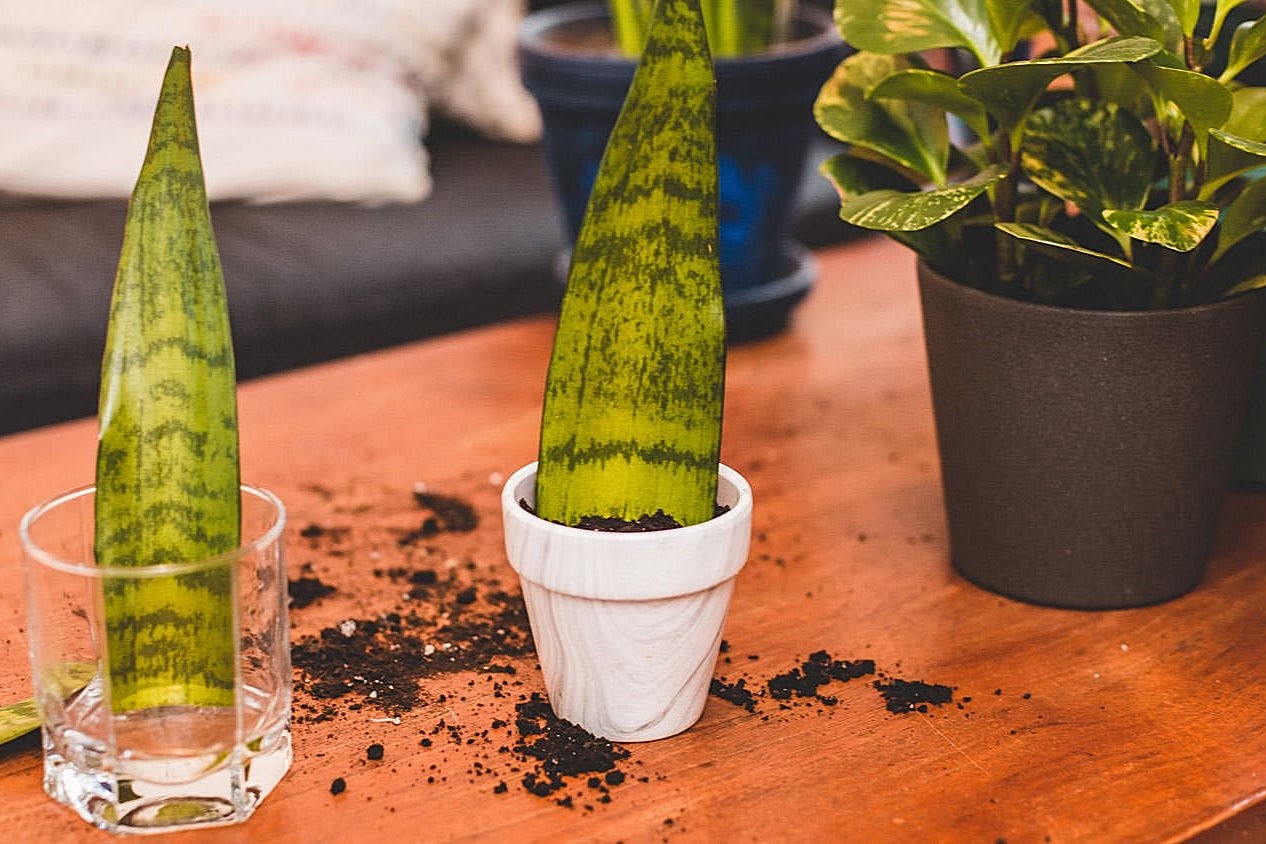

Ideas and Tips
Indoor Snake Plant Propagation and Expand Your Plant Collection
Published: September 3, 2024
Learn how to propagate snake plants with our comprehensive guide. Expand your indoor plant collection easily and share the joy with others.
(Many of the links in this article redirect to a specific reviewed product. Your purchase of these products through affiliate links helps to generate commission for Storables.com, at no extra cost. Learn more)
Introduction
Snake plants, also known as Mother-in-law’s tongue or Sansevieria, are one of the most popular and versatile houseplants. Known for their striking, sword-shaped leaves and ability to thrive in low-light conditions, they make an excellent addition to any indoor space. However, their ease of care and adaptability also make them a great candidate for propagation. In this article, we will delve into the various methods of propagating snake plants, providing you with a comprehensive guide to expand your plant collection.
Why Propagate Snake Plants?
Propagating snake plants is not only a great way to share these wonderful plants with friends and family but also a fun and rewarding hobby for plant enthusiasts. Here are a few reasons why you might want to consider propagating your snake plants:
- Increase Your Collection: By propagating your snake plants, you can easily increase your collection without having to purchase new plants.
- Share with Others: Propagated plants make excellent gifts for fellow plant lovers or as a way to share your favorite plants with friends and family.
- Experiment with Different Varieties: Propagation allows you to experiment with different varieties of snake plants, potentially discovering new favorites.
- Preserve Your Favorite Plant: If you have a particularly healthy or unique snake plant, propagating it ensures that you can continue to enjoy its beauty and benefits.
Methods of Propagation
Snake plants can be propagated through several methods, each with its own set of advantages and requirements. Let's explore these methods in detail:
1. Propagation by Division
What is Division?
Division is a method of propagation where you separate the rhizomes (thick underground stems) of a mature snake plant to create new plants. This method is particularly effective for snake plants that have outgrown their pots and are producing multiple plantlets.
How to Propagate by Division:
- Choose Your Plant: Select a mature snake plant with a good amount of growth around the base. This will ensure that there are enough rhizomes to divide.
- Prepare Your Tools: Use a sterile, sharp knife or pruning tool to avoid spreading disease.
- Separate the Rhizomes: Gently separate the rhizomes, making sure each division has roots. If there's a larger tap root, you can cut it in half to give both new plants a fighting chance.
- Re-pot the Divisions: Place each division in a pot that is just slightly larger than the root ball. Avoid using overly spacious pots, as this can lead to root rot.
- Monitor Growth: Keep an eye on the new growth, and once you see roots forming, you can care for the new plants as usual.
Tips for Division:
- Make sure each division has at least three rhizomes and one healthy leaf.
- Handle young plantlets with care, as they may not have sufficient roots yet.
- Keep the soil moist but not waterlogged during the initial stages of growth.
2. Propagation by Leaf Cuttings
What is Leaf Cutting?
Leaf cutting involves taking a healthy leaf from the mother plant and allowing it to root in water or soil. This method is popular because it's relatively easy and can produce multiple cuttings from a single leaf.
How to Propagate by Leaf Cuttings:
- Select and Cut a Leaf: Choose a healthy, vibrant leaf from the mother plant. Cut the leaf near the soil line using a sharp, clean knife. If you prefer shorter cuttings, make sure they are at least 3 inches long.
- Let the Cut Heal: Allow the cut end of the leaf to heal over for a couple of days. This helps prevent rot when planting.
- Plant the Cutting: Place the healed end of the leaf into a pot filled with moist, lightweight potting soil. Ensure your pot has drainage holes and is tall enough to prevent the leaf from toppling over.
- Provide Adequate Light: Place your new plant in bright, indirect light.
- Maintain Soil Moisture: Keep the soil lightly moist but not waterlogged. Let it dry out slightly before watering again, and always empty excess water from the saucer.
Tips for Leaf Cutting:
- Use clear glass containers for water propagation to enhance light penetration.
- Be patient; leaf cuttings can take several months to develop roots.
- Once roots form, transfer the cutting to a pot with soil and continue regular care.
3. Propagation in Water
What is Water Propagation?
Water propagation involves placing a snake plant cutting directly into water, allowing it to develop roots before transferring it to soil. This method is straightforward and can be quite rewarding.
How to Propagate in Water:
- Cut a Leaf: Cut a healthy leaf from the mother plant, leaving about an inch of stem attached to the leaf.
- Allow the Cut to Heal: Place the cut end of the leaf in a clear glass container filled with water. Let it sit for a few days until a callus forms over the wound.
- Monitor Root Development: After several weeks, you should start seeing roots forming from the base of the leaf.
- Transfer to Soil: Once roots are established, transfer the cutting into a pot filled with moist, lightweight potting soil.
- Provide Adequate Care: Continue caring for your new plant as you would any other snake plant.
Tips for Water Propagation:
- Use clear glass containers to observe root development.
- Keep the water level topped up but avoid overwatering.
- Be patient; this method can take several months for roots to develop.
4. Propagation by Seeds
What is Seed Propagation?
Seed propagation involves growing snake plants from seeds, which can be a more challenging but rewarding method. However, it requires patience as seeds take longer to germinate and grow into mature plants.
How to Propagate by Seeds:
- Prepare Seeds: Obtain dark brown seeds that have a hard, wrinkly exterior. Soak them in water for a day before planting.
- Plant Seeds: Plant the soaked seeds in a low-soil medium like cactus mix or perlite. Keep the soil moist but not waterlogged.
- Provide Optimal Conditions: Place the seeds in a bright location with temperatures between 65-80°F (18-26°C).
- Monitor Germination: Seeds may take up to 6 weeks to germinate even under optimal conditions.
- Care for New Seedlings: Once seedlings emerge, transfer them into individual pots filled with well-draining soil and continue regular care.
Tips for Seed Propagation:
- Wrap seeds in moist paper towels inside a closed plastic bag if you prefer this method.
- Keep the soil consistently moist but avoid overwatering.
- Be patient; seed propagation can take several months before you see results.
Tips for Successful Propagation
While each method of propagation has its own set of instructions, there are some general tips that can enhance your chances of success:
- Choose Healthy Plants: Always use healthy, vibrant leaves or divisions when propagating.
- Use Proper Tools: Sterilize your tools to avoid spreading disease.
- Provide Adequate Light: Most propagation methods require bright, indirect light to promote root growth.
- Maintain Soil Moisture: Keep the soil lightly moist but not waterlogged during the initial stages of growth.
- Be Patient: Propagation is a slow process; be prepared to wait several weeks or even months for roots to develop.
Conclusion
Propagating snake plants is a rewarding hobby that allows you to expand your plant collection while sharing your favorite plants with others. Whether you choose division, leaf cutting, water propagation, or seed propagation, each method offers its own unique advantages and challenges. By following these detailed steps and tips, you can successfully propagate your snake plants and enjoy the satisfaction of watching new growth emerge.
Remember, patience is key when it comes to plant propagation. With the right techniques and a little bit of care, you can multiply your snake plants and create a lush indoor jungle that brings joy and beauty to any space.
Additional Resources
For further information on snake plant care and propagation, consider the following resources:
- Gardenstead: Offers detailed guides on how to propagate snake plants using both soil and water methods.
- Gardening Know How: Provides comprehensive information on various propagation methods including seed propagation and division.
- Life Love Larson: Shares practical tips on propagating snake plants using leaf cuttings and water propagation.
- Greg App: Offers a step-by-step guide on propagating snake plants by division and leaf cuttings.
By combining these resources with the detailed instructions provided here, you'll be well-equipped to successfully propagate your snake plants and enjoy the many benefits they offer.
Was this page helpful?
At Storables.com, we guarantee accurate and reliable information. Our content, validated by Expert Board Contributors, is crafted following stringent Editorial Policies. We're committed to providing you with well-researched, expert-backed insights for all your informational needs.

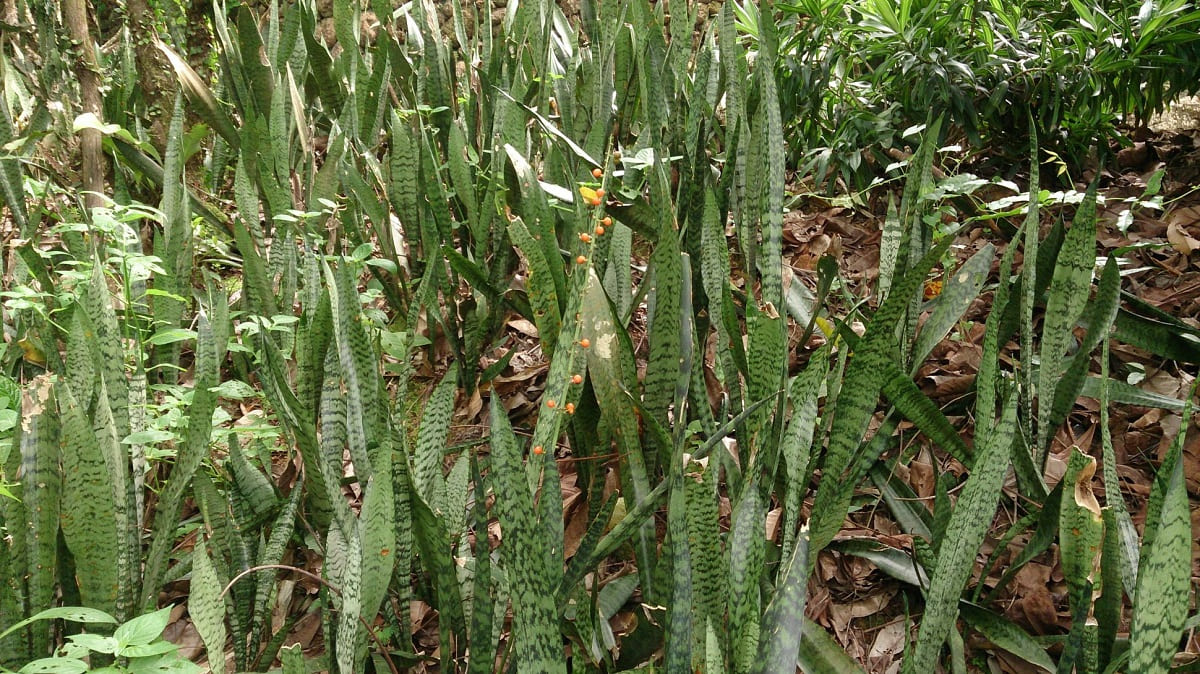

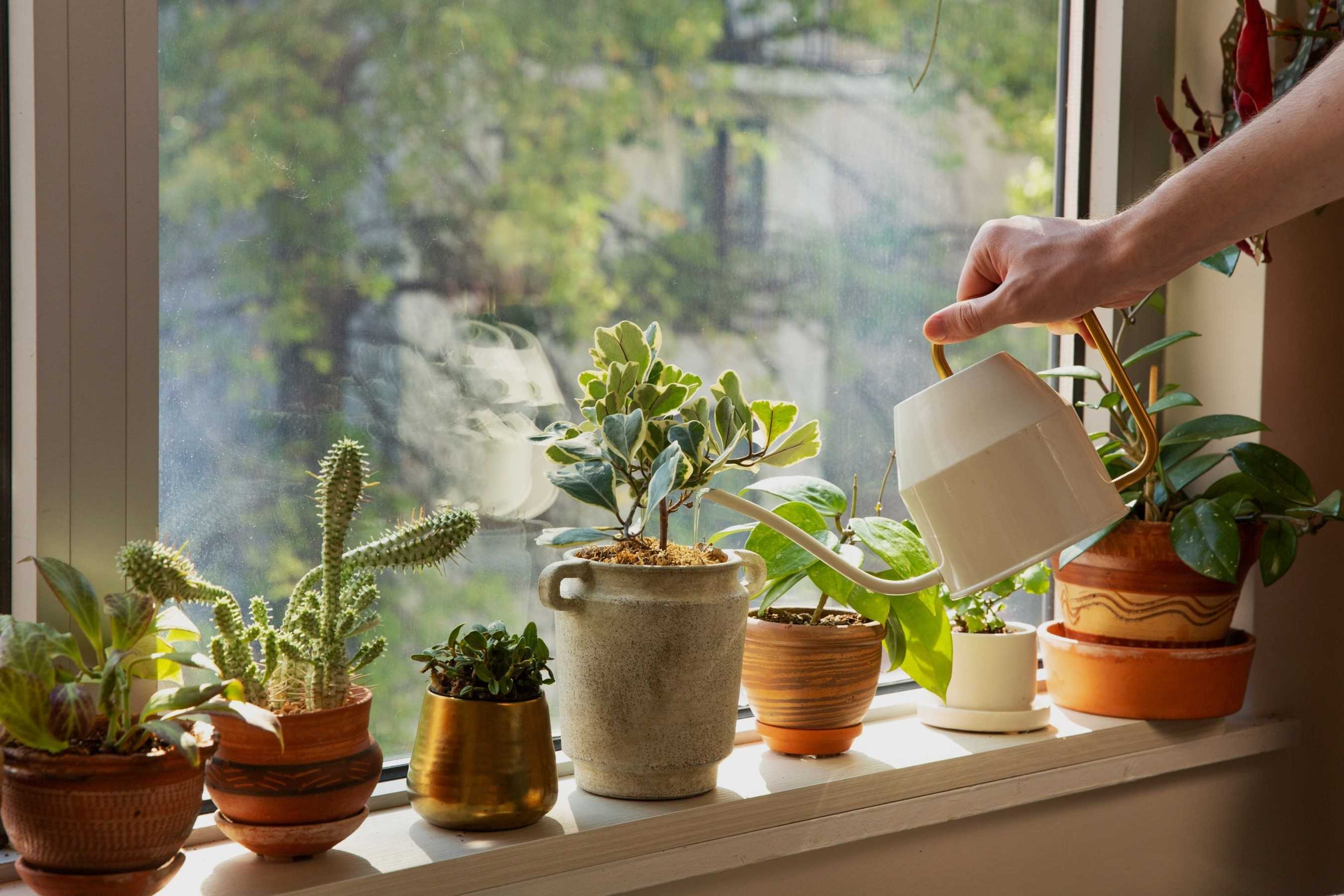

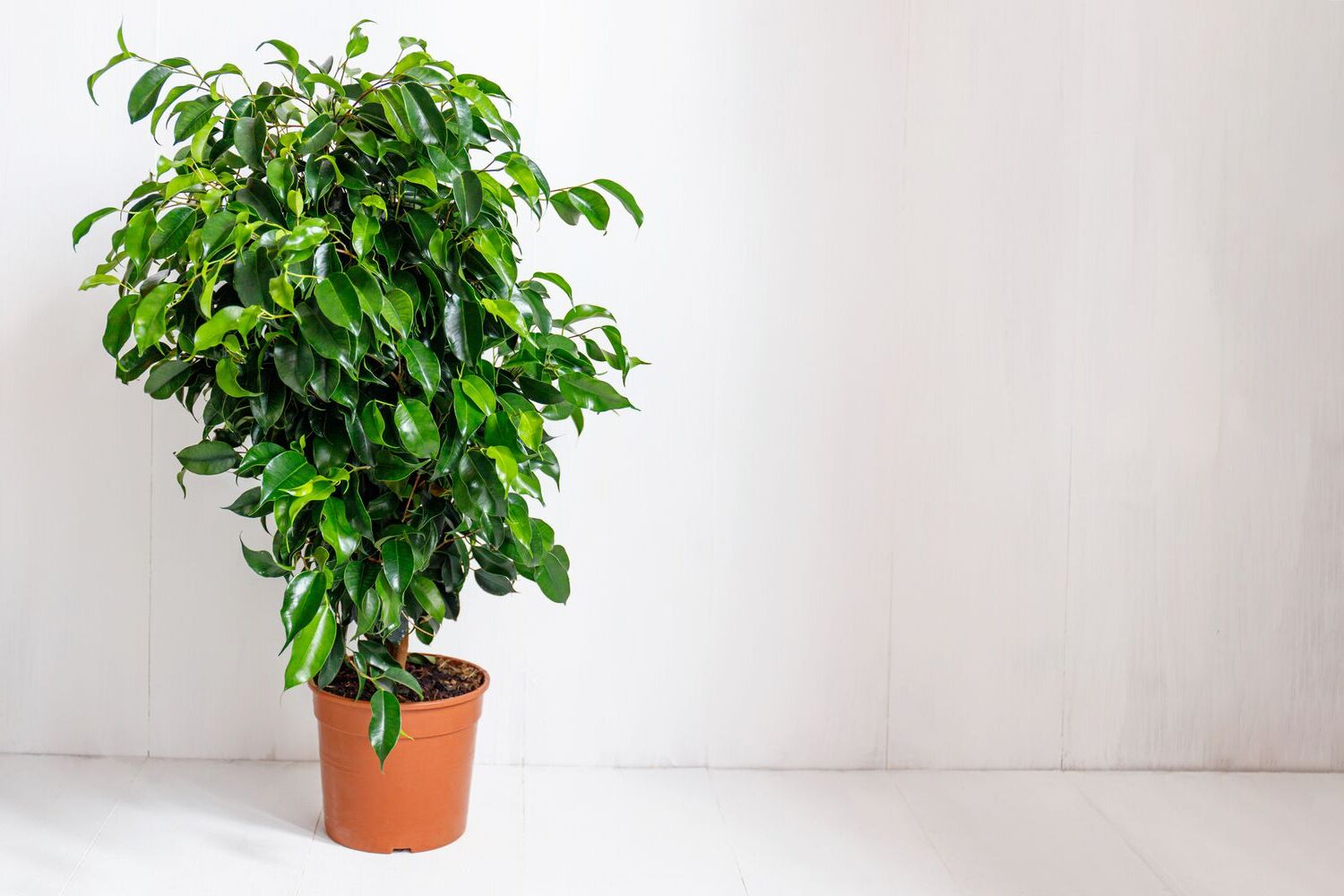

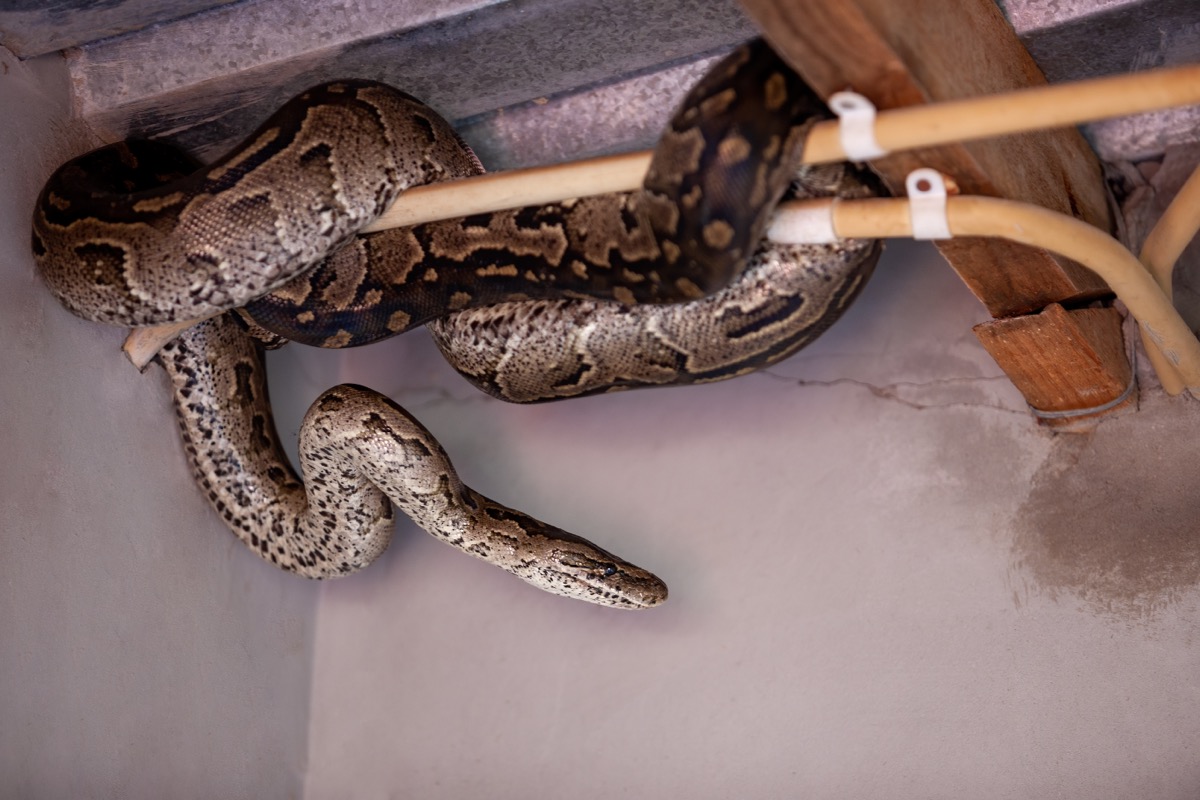
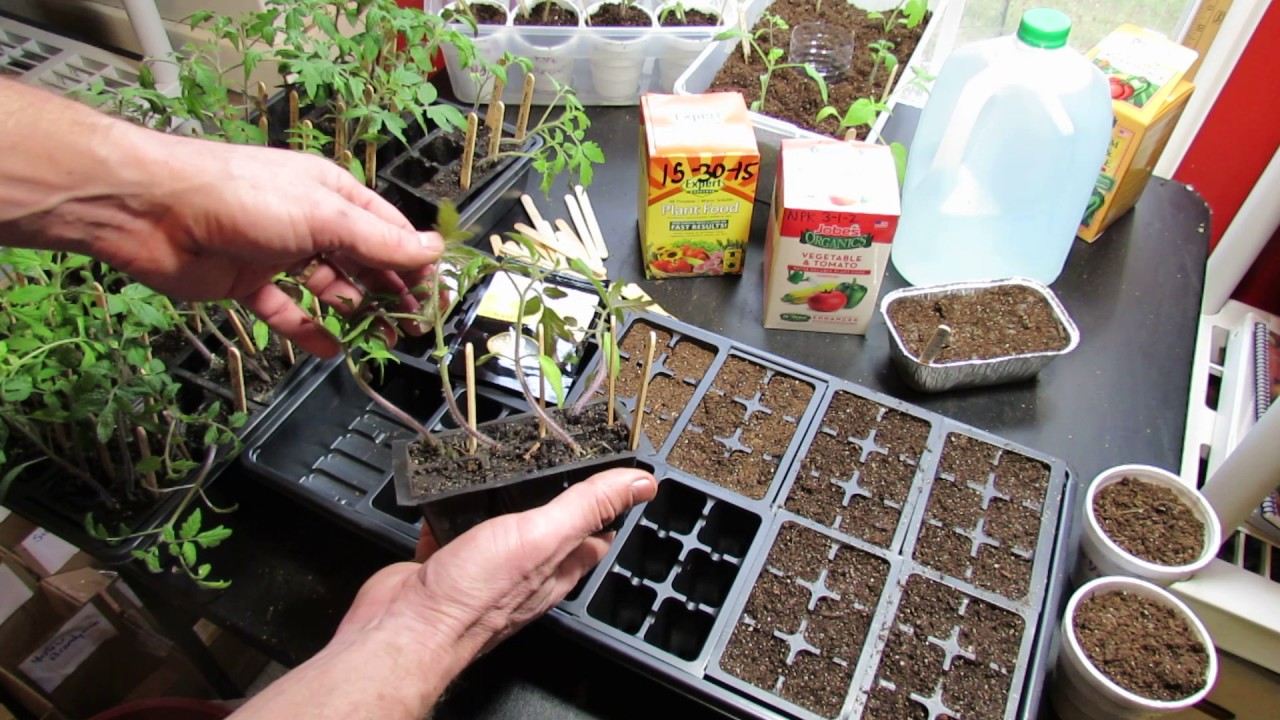
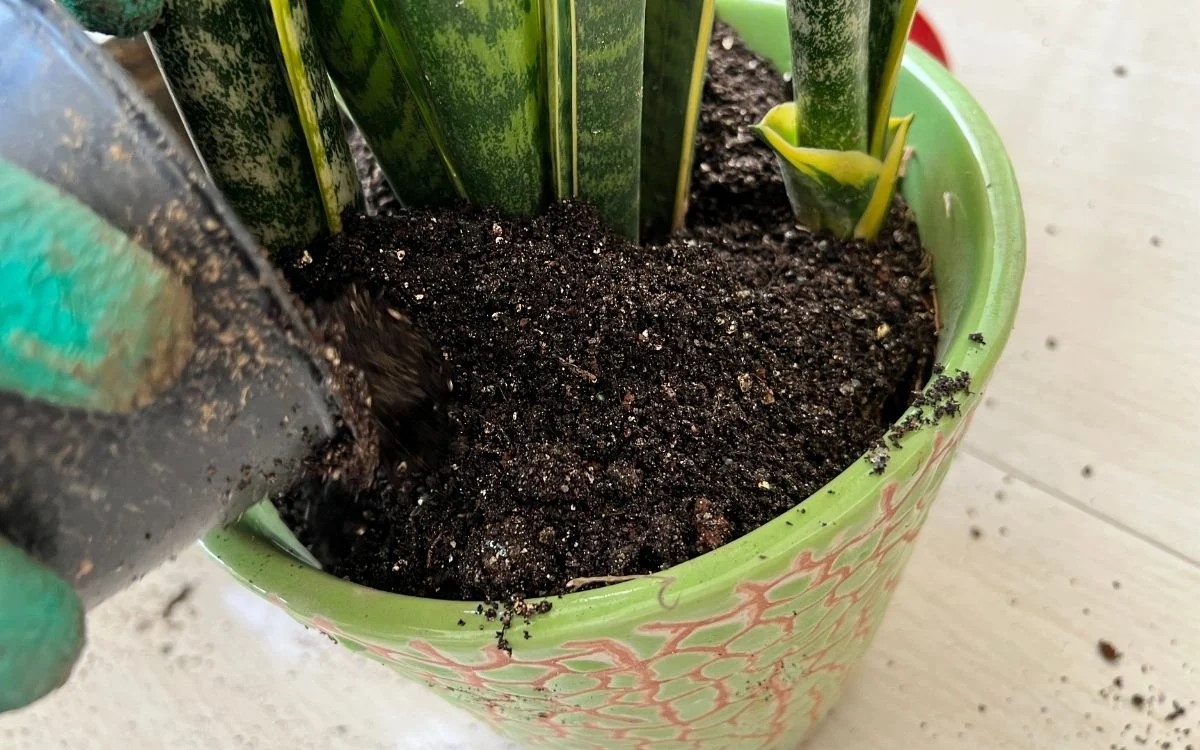
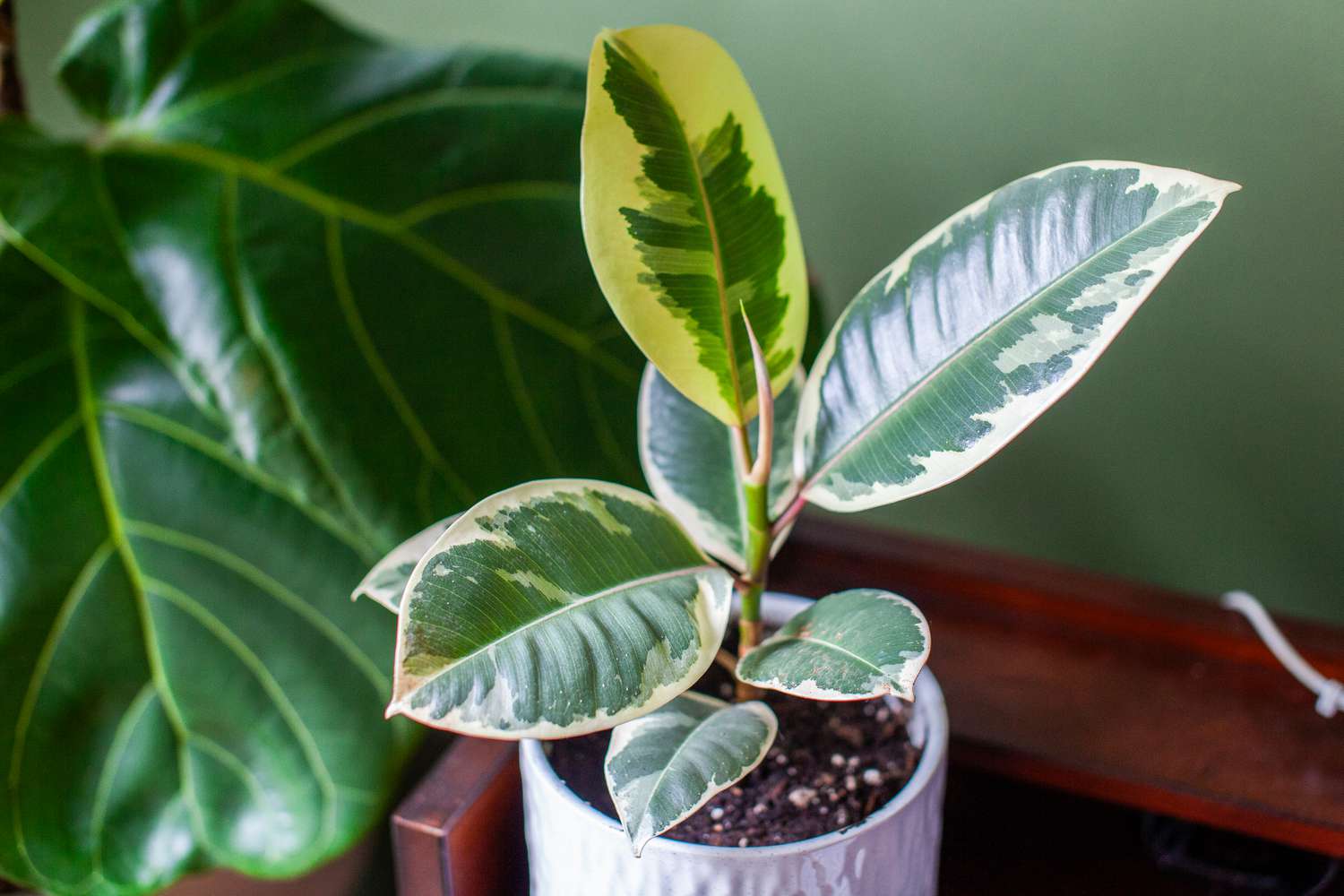
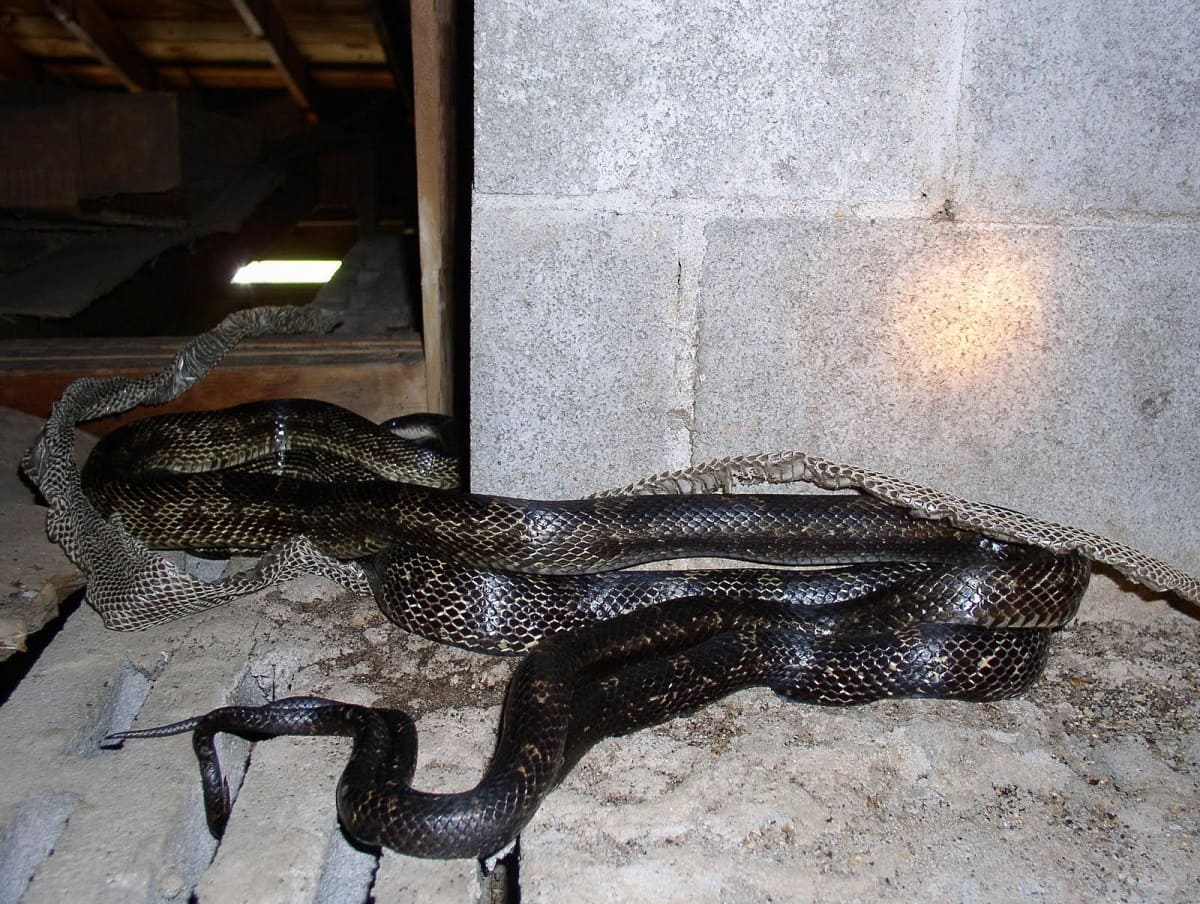


0 thoughts on “Indoor Snake Plant Propagation and Expand Your Plant Collection”